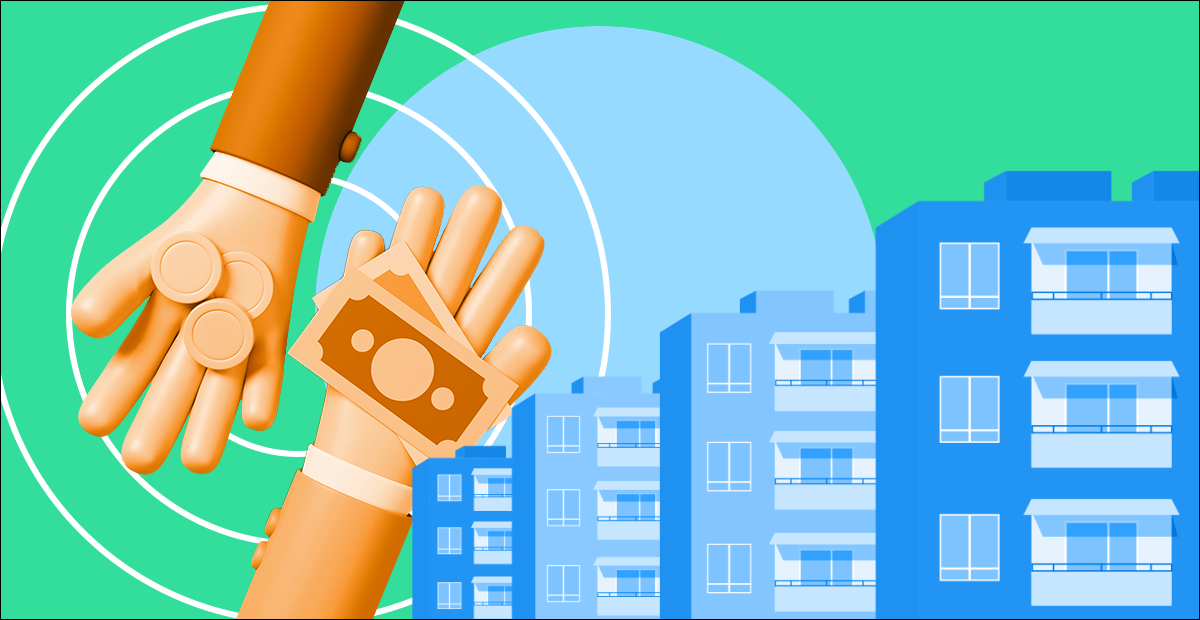There's more to home loans than interest rates – consider these 6 factors to further lower home loan payments.
The home loan is probably the biggest cost that most Singaporeans will face. Even if it’s paid via our CPF, there’s no denying it’s the biggest financial consideration for most of us – one of the greatest fears lies in being unable to service the loan. In this article, we look at ways to lessen the costs:
1. Always Compare Home Loan Rates to Lessen Interest Charges
You may be wondering why home loan rates are all different, and whether there’s a reason some of them are priced higher. We’re going to let you in the truth:
Banks have a certain amount of money they intend to lend out. As they reach this designated quota, they raise the interest rates on their loans. As such, the banks that are furthest from their quota will offer you cheaper home loans, whereas banks that are near or at their quota will tend to have higher interest rates.
There are occasionally other reasons why banks have lower rates, such as wanting to capture a bigger market share; but for the most part, the quotas are the reason behind cheap loans.
So to be clear, there is no advantage to taking a more expensive loan. You should always scout around and compare interest rates, and take the cheapest home loan package you can find. Visit SingSaver to compare loan rates among the leading banks.
2. Look at 'Fourth Year and Thereafter' Rates, Not Teaser Rates
Bank loans follow the same overall structure. The first three years offer “teaser” rates, which are exceptionally low. From the fourth year onward, the rates will jump significantly.
It’s a good idea to pay attention to the final rate (the rate on the fourth year and thereafter), rather than just looking at the teaser rates. After all, your home loan probably has a tenure of 20 to 25 years, so you should be focused on having a low rate in the long term; not just on the cheapest rates for the next few years.
3. Consider Repricing or Refinancing After Lock-In Period
If there is no lock-in clause, you can reprice or refinance your home loan.
Repricing means you switch the current loan package to another loan package, from the same bank. For example, if you switch from loan package A from OCBC to loan package B (also from OCBC), this is considered a repricing.
Refinancing means you switch the current loan package, to a loan package from another bank altogether. For example, if you currently have a loan package from DBS, and you switch to a loan package from Citibank, then you are refinancing.
Repricing and refinancing should be considered in the fourth year of your home loan, when your rates begin to rise. Look around for cheaper rates on the market, and decide if it’s worth switching your loan for one with lower interest.
Note that there is a cost to this. Refinancing requires legal paperwork, which costs between S$2,500 to S$3,000.
For example, say you have a loan of S$700,000, at 2% interest, for 20 years. However, you see a new home loan deal, at just 1.4% interest for the same loan tenure.
At your current rate of 2%, you’ll probably pay around S$3,540 per month. After refinancing to 1.4%, you’ll pay just S$3,346 per month. This will save you S$194 per month, or S$2,328 per year. The refinancing will mostly pay for itself, by the end of the first year (assuming legal fees of S$2,500).
Repricing may be cheaper – check your loan terms, as some banks may offer you one or two free repricing moves. Even without these, repricing incurs lower fees. The norm is S$800.
Never reprice or refinance during a lock-in period, as it's not worth paying the penalty.
4. Opt for Shorter Loan Tenure
A shorter loan tenure raises your monthly repayments, but you will end up paying less interest overall.
For example, consider a loan for S$700,000, at 1.8% interest, over 25 years. The monthly repayments are S$2,967 per month, with a total interest payment of S$190,094 by the end of 25 years.
Now if you shorten the loan to 20 years, your monthly repayment rises to S$3,541 per month. However, the total interest paid over 20 years is just S$149,884. That’s a savings of S$40,210.
This is saving you money, as cash spent on interest is wasted. However, you must be careful to ensure you can handle the higher monthly repayments. Always speak to a financial advisor or wealth manager before shortening your loan tenure
5. Don’t Ignore Loan Packages with a Lock-in Feature
This may seem counter-intuitive, but a lock-in feature may actually be good.
A lock-in feature imposes a fee, usually around 1.5% of the outstanding loan amount, if you try to refinance within a given number of years. However, that isn’t always bad. Many loan packages compensate for the lock-in by giving you a lower rate.
If you don’t expect to refinance your home loan anyway, then it can be a good idea to pick a loan with a lock-in period for the low interest.
6. Save on Legal Fees
When buying the house, or refinancing, always look around for the cheapest law firm. Prices range from S$2,500 to S$3,000, so aim for the lowest (there is little real difference in service quality).
A bank can use any law firm that is on its board – you can ask the mortgage banker, or an independent mortgage broker, to get you the cheapest law firm they can use. Due to the large amounts involved, it may seem like S$500 is trivial; but do remember that S$500 is still nothing to sneeze at. You wouldn’t casually give away S$500, would you?
Ready to purchase your dream home? Compare and apply for home loans through SingSaver to make sure you’re getting the best rates.
Read these next:
4 Times In Life You Should Consider Getting a Personal Loan
How to Qualify and Apply for the HDB Loan?
New Launch vs. Resale Condo: Which is a Better Property Investment?
Similar articles
What Happens If: I Can’t Afford My Mortgage Repayments?
The When And How Of Refinancing Your Home Loan
Approached by A ‘Claims Specialist’ After A Traffic Accident? Here’s What You Should Do
Should You Still Choose A Bank Home Loan Over An HDB Loan?
Refinancing vs Repricing Home Loan: What’s The Difference?
How Will Rising Housing Loan Interest Rates in Singapore Impact You?
When Should You Start Planning To Refinance Your Mortgage?
Getting A Bank Loan For HDB vs A HDB Housing Loan – What’s The Difference?









.png?width=280&name=Housing6%20Things%20First-time%20Home%20Buyers%20Must%20Know%20to%20Avoid%20Regrets%20(2).png)

